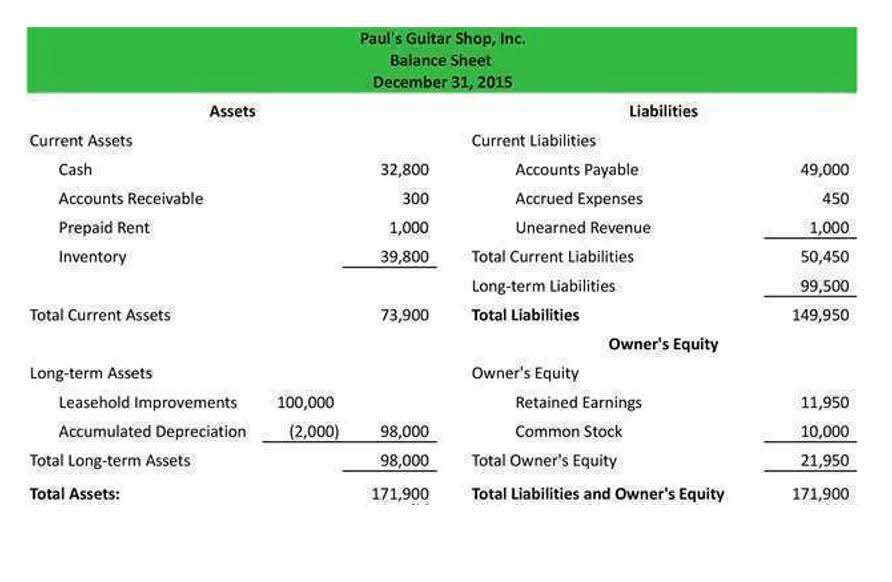
This is because cash remaining idle would earn nothing for your business. Likewise, inadequate investment in current assets could threaten the solvency of your business. This is because you would not be able to meet your current obligations. A company negotiates with its suppliers for longer payment periods. This is a source of cash, though suppliers may increase prices in response. Reducing the accounts payable payment terms has the reverse effect.
Ranger Energy Services, Inc. Announces Q3 2023 Financial and … – Business Wire
Ranger Energy Services, Inc. Announces Q3 2023 Financial and ….
Posted: Tue, 31 Oct 2023 10:45:00 GMT [source]
Combining both figures and the behind-reasons would give an analyst a clearer picture of a firm. Both Net Working Capital and Change in Net Working Capital are not only numbers. That’s why you have to understand what these numbers means, and how they support financial analysis. Just learning by heart the formula could possibly lead to the misunderstanding of the concept.
Changes in the Net Working Capital Formula
Examples of your current liabilities include accounts payable, bills payable, and outstanding expenses. Besides this, you should also understand how change in net working capital these current assets can be financed. Accordingly, you should not invest in current assets excessively as it impacts your firm’s profitability.
Thus NWC should always be compared with the remaining balance left on any lines of credit. Thus, it is important to calculate changes in the Net Working Capital. This is to ensure that your business maintains a sufficient amount of Net Working Capital in each accounting period. Such an optimal level of Net Working Capital ensures that your business is neither running out of funds. An adequate amount of Net Working Capital would ensure that you earn a higher return on the amount invested in your current assets. Such a return would help you to meet your fixed obligations.
How to increase your net working capital: step one
Current liabilities are the amount of money a company owes, such as accounts payable, short-term loans, and accrued expenses, that are due for payment within a year. Your business must have an adequate amount of working capital to survive and perform its day-to-day operations. Many industries have a higher percentage of current assets relative to the total assets on their balance sheet. Further, your Net Working Capital can either be positive or negative. Your business would have a positive Net Working Capital when its current assets would exceed its current liabilities. However, it would have a negative Net Working Capital if its current liabilities would exceed its current assets.

This is because it does not have sufficient short-term assets to meet its short-term obligations. An optimal amount of Net Working Capital brings liquidity to your business. This helps you as a small business to finance your short-term obligations. Typically, small businesses have limited access to external financing sources.
What is the Working Capital Formula?
It helps your creditors to know your liquidity position before supplying goods or services on credit to you . However, a long-term less-than-zero working capital is likely to lead the company to a bad position because it seems to be unable to pay off their debts. When the company finally sells and delivers https://www.bookstime.com/articles/bookkeeping-express these products to customers, Inventory will go back to $200, and the Change in Working Capital will return to $0. The Change in Working Capital tells you if the company’s Cash Flow is likely to be greater than or less than the company’s Net Income, and how much of a difference there will be.
Working Capital is a key metric in valuation and financial modelling. You can use the following change in net working capital formula calculator. Here is how you can interpret what a positive and a negative change in the net working capital indicates. Finally, the Change in Working as calculated manually on the Balance Sheet will rarely, if ever, match the figure reported by the company on its Cash Flow Statement. So, if the company somehow classifies these items within Working Capital, remove and re-classify them; they should never affect Cash Flow from Operations.








More Stories
Accrued revenue: how to record it in 2023
Profit And Loss Statement Vs Balance Sheet
What Is Mortgage Amortization?